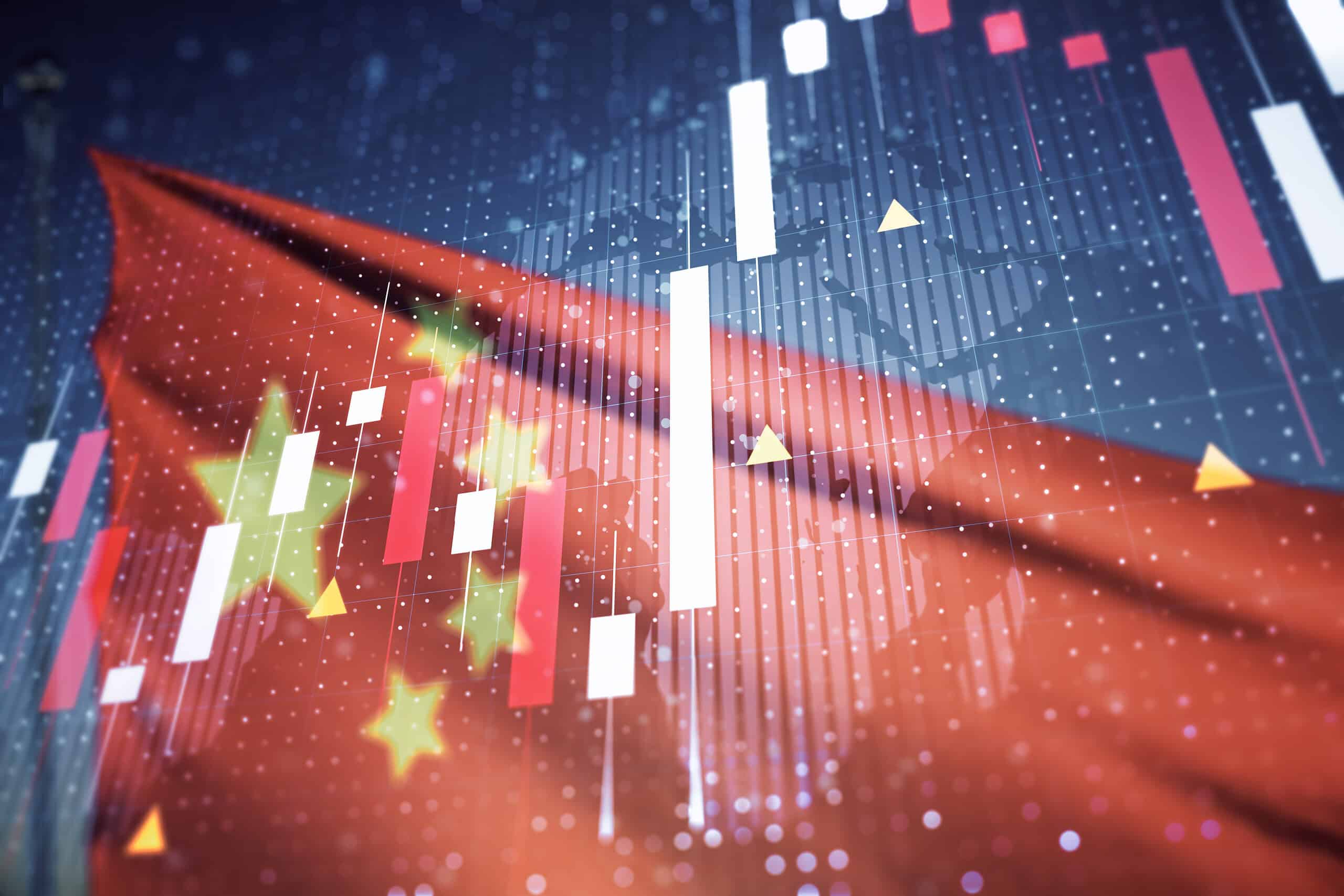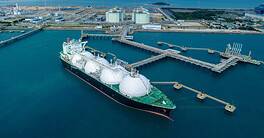Chinese banks show resilience in the face of economic tremors and global uncertainty.
Media reports about a September earthquake that rocked western China described not only the rescue efforts but how a major bank took emergency action to reassure locals that their money was safe.
The stories on Postal Savings Bank of China’s quake response in Longxi County highlighted a key role of the nation’s banking sector at a time when other types of tremors, from a shaky real estate market to US tariffs on manufactured exports, are rippling through the Chinese economy.
Banks are regarded as resilient pillars of the economy, bolstering national confidence in good times and bad. Global Finance’s Stars of China awards recognize banks that exemplify that mission in corporate services, consumer lending, SME finance, fintech, private banking, wealth management, and more, and considers how they support China’s national goals in areas such as clean energy, housing, and renminbi internationalization. Added this year is Best Bank for Financial Advisory Services, recognizing the growing demand for investment advice.
The banking sector’s latest financials offer evidence of strength. The National Financial Regulatory Administration reported that total bank assets in August rose 8.4% from the same month last year, to more than 462 trillion yuan (about $65 trillion). Significantly, assets climbed by 20 trillion yuan between January and August in the face of mounting concerns about property developers and pressure from US tariffs.
Banks are using their strong position to support Main Street with guidance from the People’s Bank of China (PBOC), which reported small and micro loans to retail customers in the second quarter rose 12% year-on-year to 35 trillion yuan, while student loans jumped 28% to 267 billion yuan.
Kicking off the latest guidance last spring, PBOC Deputy Governor Zou Lan told reporters, “Greater efforts will be made to promote implementing entrepreneurship loan policy and increase support for entrepreneurship and employment for … workers, college graduates, and women.” The PBOC would “guide financial institutions to small and medium-sized enterprises with high dependence on foreign trade,” Zou said, and “strengthen consumption promotion.” He urged financial institutions “not to blindly withdraw loans, cut loans, or push loans, and actively meet the reasonable capital needs of private enterprises doing overseas trade.”
Looking Ahead With New Leaders
Recent mortgage trends offer a snapshot of the banking sector’s impact, as about half of all household savings are in real estate. PBOC cited early repayments as a factor behind a slight decline in the personal mortage balance for the first half of 2025, to 37 trillion yuan. Yet bankers cited significant increases in new mortgage volume; Ji Zhihong, an executive vice president of China Construction Bank (CCB), said CCB expects improved mortgage division performance for 2025, year-on-year.
Wealth management, private banking, and family trusts are also experiencing asset growth. Banks are promoting wealth management products as alternatives to near-zero-rate savings accounts. They are also joining non-bank financial institutions in expanding private banking and family trusts to China’s growing class of successful entrepreneurs.
Banks are enhancing consumer credit through online platforms, mobile apps, AI chatbots, and fintech to keep pace with China’s modernization. Consumer finance is “an effective means of leading an upgrade in citizen consumption” and “leads development and growth of emerging industries” such as electric vehicle manufacturing, Li Lin, executive vice president of Agricultural Bank of China, wrote in PBOC’s China Finance journal.
Banks are looking ahead as well, with several notable examples of younger executives getting promoted to leadership positions this year. PBOC’s Zou, who was born in 1973, and China International Capital Corp. President Wang Shuguang, who was born in 1974, were both tapped to replace older leaders at their respective institutions. Bank of China and CCB also promoted younger executives, and in July, Hengfeng Bank named Bai Yushi, 43, the youngest national bank president ever in China.
At the same time, the sector is supporting the economy by adapting to new developments in manufacturing, e-commerce, and trade finance. Digital solutions have streamlined cross-border business and banks are embracing supply chain finance and exchange rate hedging to benefit China’s army of small to medium-size enterprises that do business with multinational buyers.
Banks are supporting Beijing policymakers’ pursuit of such goals as cutting carbon emissions through green energy investments, streamlining mainland-Hong Kong financial relations, and supporting state engineering firms engaged in China’s Belt and Road Initiative.
The PBOC reports that green-related outstanding loans climbed 14% between January and July to 42 trillion yuan. Hong Kong banks have established mainland branches. And institutions of all sizes are supporting Belt and Road; as of March, mid-sized Harbin Bank reported correspondent relationships with some 150 overseas banks in 10 countries, including Kazakhstan, Brazil, and Turkey.
In some instances, standing strong has meant tightening reins. According to a July report on the Jincai Jinshang regional news website of Sina Finance, at least 210 small and mid-sized Chinese banks were set to dissolve or merge in 2025. Among them, five small banks and more than 20 large bank outlets in Shanxi Province have closed shop under a regulator-ordered consolidation tied to rural population shrinkage and mobile banking.
But adapting to change and demonstrating resilience go hand in hand at Chinese banks. For the 18th year, Stars of China recognizes the institutions that have exemplified this standard.
Methodology
Global Finance editors select the winners of the Stars of China awards using information provided in entries and independent research based on both objective and subjective factors. It is not necessary to enter to win, but an entry can provide details that may not be publicly available. The editors incorporate insights from executives, academics, and other industry experts. Judgments are based on performance from September 2024 to September 2025. We apply an algorithm to arrive at a numerical score on a 100-point scale. The algorithm incorporates criteria—including knowledge of local conditions and customers, financial strength and safety, strategic relationships, capital investment, and innovation in products and services—weighted for relative importance.




